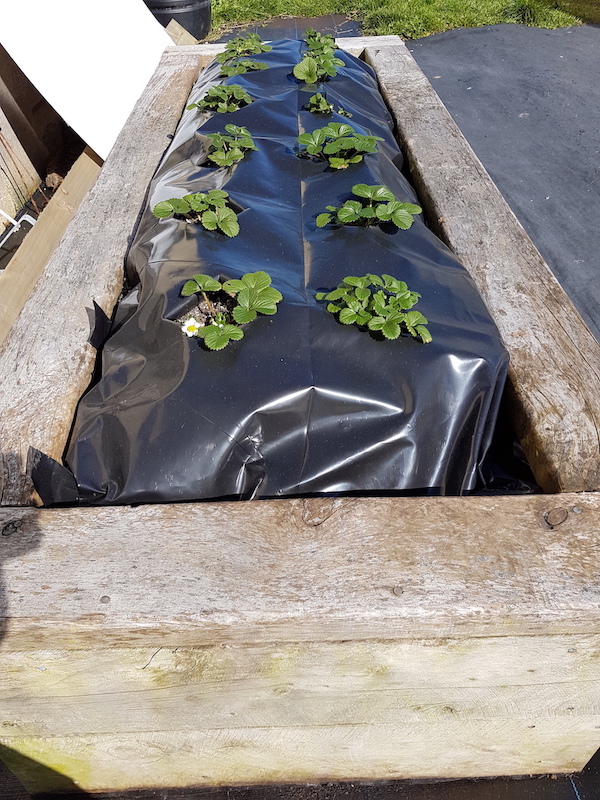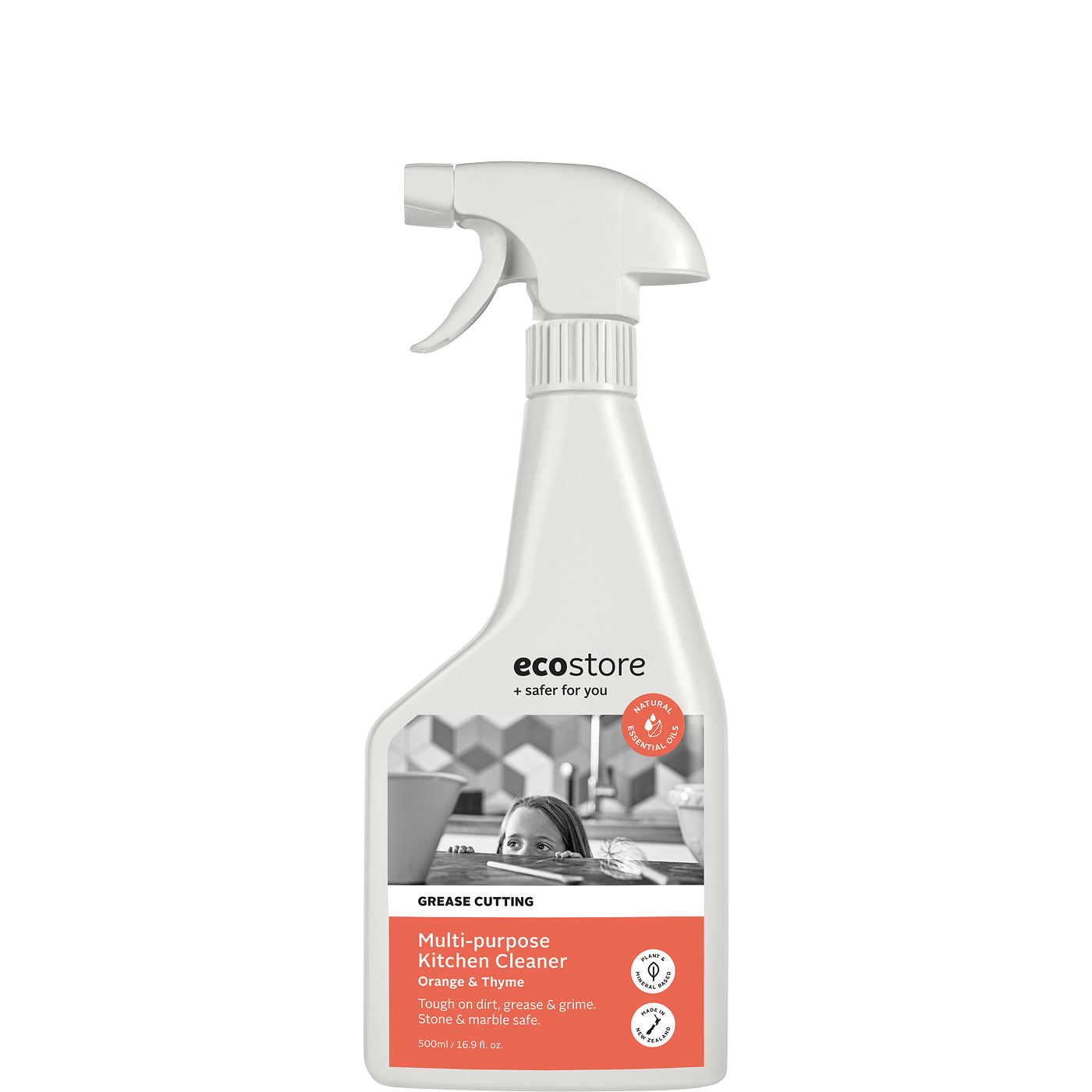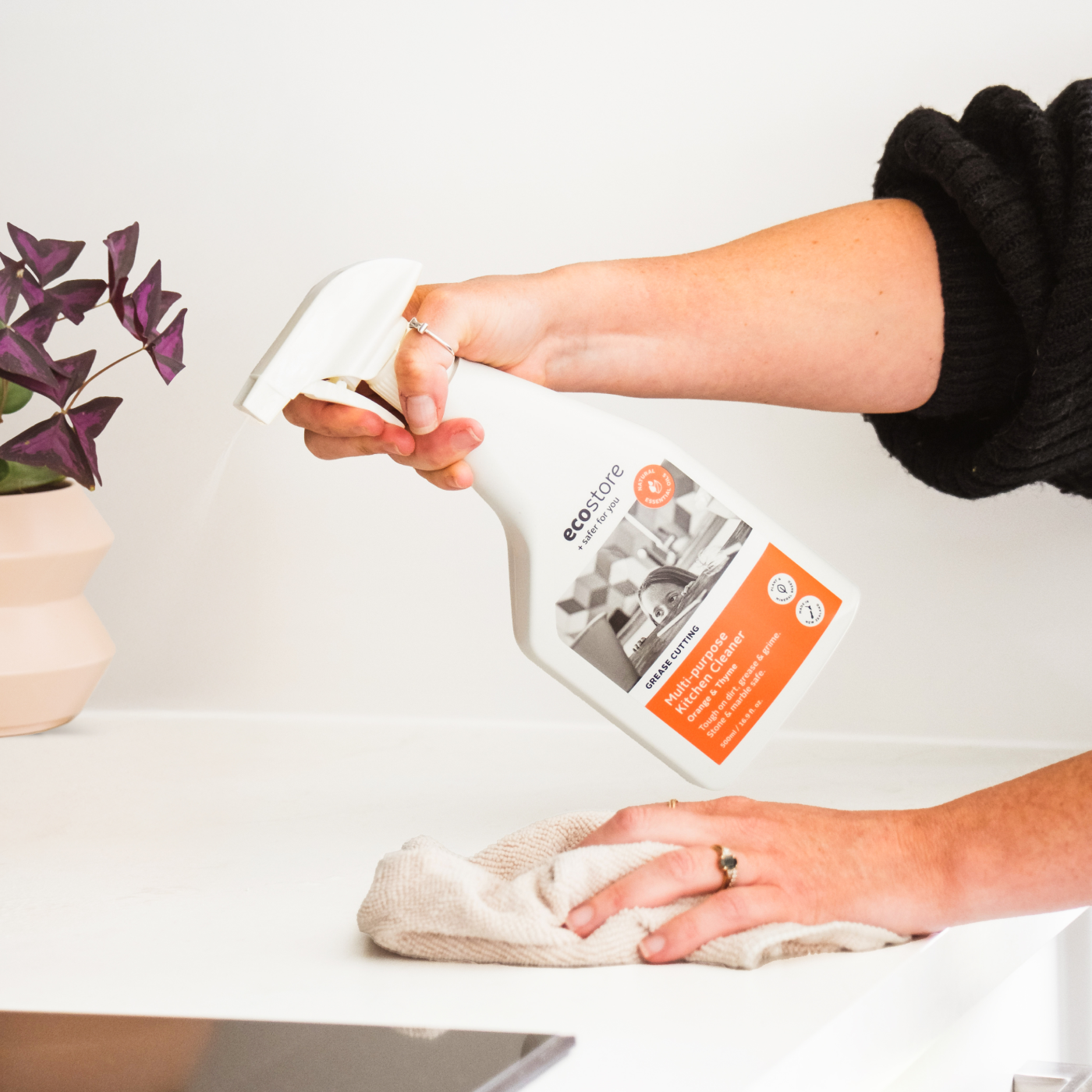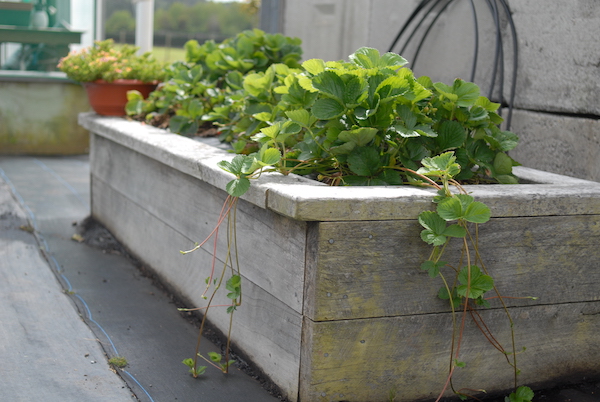There’s nothing that says Summer better than Strawberries and the middle of Winter is the time to plant them! If you don’t have any growing at your place, they’re just coming into the shops now (mid-June). If you’ve been growing new plants from the runners of old ones, they will have been ready for a month or so by now and you can actually start planting these homegrown plants from mid-May onwards.

Plant ideally in a First Quarter moon phase. The longer you have plants in the ground, the bigger the root ball will be and therefore the more sturdy your plant will be and the more it will produce. Plants put in the ground in May and June may start flowering early too. It’s best to cut these flowers off so the energy of the plant can go into its roots. Once the plant starts to take off, let the flowers form.

While a strawberry plant will produce for 2-3 years, it’s ideal to put new plants in every year. This way you get strong, vigorous growth and abundant fruiting.
Strawberries like a slightly acidic soil of pH5.5 to 6.5. If you want to be scientific about it, purchase a pH Testing Kit before planting and adjust your soil accordingly. The best way to make a soil more acidic is to add sulphur. Elemental sulphur is great, but if you’ve bought Flowers of Sulphur in the summer for dusting tomato wounds or dealing to powdery mildew on zucchinis and pumpkins, it will work just as well.
We recommend you dig a trench where you’re going to plant your strawberries, place animal manure (chicken poo, sheep pellets, horse or cow poo) into the trench and then mound the soil over the manure. It’s not until the plant is several weeks old and the roots of the plant reach down to the animal manure, that they get a nitrogen boost, exactly when leaf growth is needed on the plant. You don’t need the nitrogen boost at the time of planting.

Once you’ve covered your trench, hill the row up again into a mound and plant your strawberries into this. But before you do, make a bath with a couple of capfuls of liquid seaweed, and soak your plants in this solution for 5 minutes or so. This gives the plants a good start.
As a general rule, you’ll need 5 plants for every person in your household. Plant about 25 cms apart to ensure good air movement which reduces the likelihood of fungal diseases developing. Make sure you plant the crown above the soil level. If it gets covered in soil, the flowers will rot.
After planting, apply rock dust around each plant. This is a fertiliser high in phosphorus which helps with root growth. When the plants start to flower, apply more rock dust as it has a high potassium content as well. Pour the seaweed solution you soaked the plants in over the bed.
Finally add some straw or other mulch (or even black polythene which you can use again every year) round the plants, filling in the trenches with the mulch as you go. This is because you don’t want the strawberries sitting on soil, as that will cause them to rot prematurely. Water it all in well.

It’s a good idea to put your hoops and netting up at this stage. Birds and animals will love foraging in the strawberry bed!
Next autumn, when the plants send out runners, make new plants from them like in our video.
Happy winter gardening from Organic Edible Garden!
-----
Organic Edible Garden’s vision is to make organic edible gardening achievable for everyone. Visit their website for Getting Started videos, and regular blog posts to find out what to do in your edible garden.
Read more

Are your male loved ones regularly checking in on their health? With winter on its way and coronavirus the hot health topic of 2020, there is no better time than now to make sure the Kiwi males in ...

Our bodies are incredible – something to be marvelled. Headaches, sniffles, aches, and pains are not our body's way of punishing us for no reason. These symptoms are our body trying to bring us bac...







